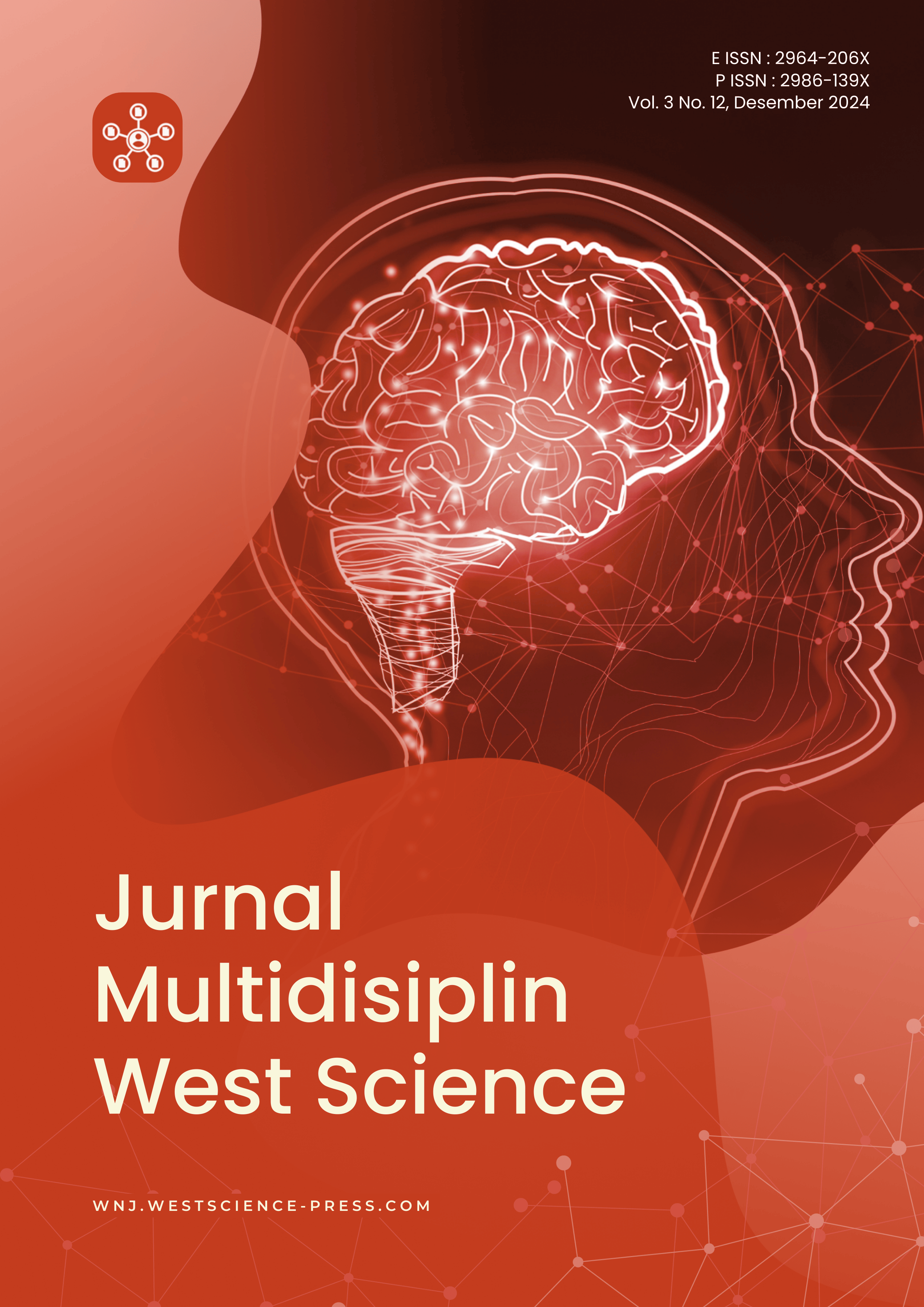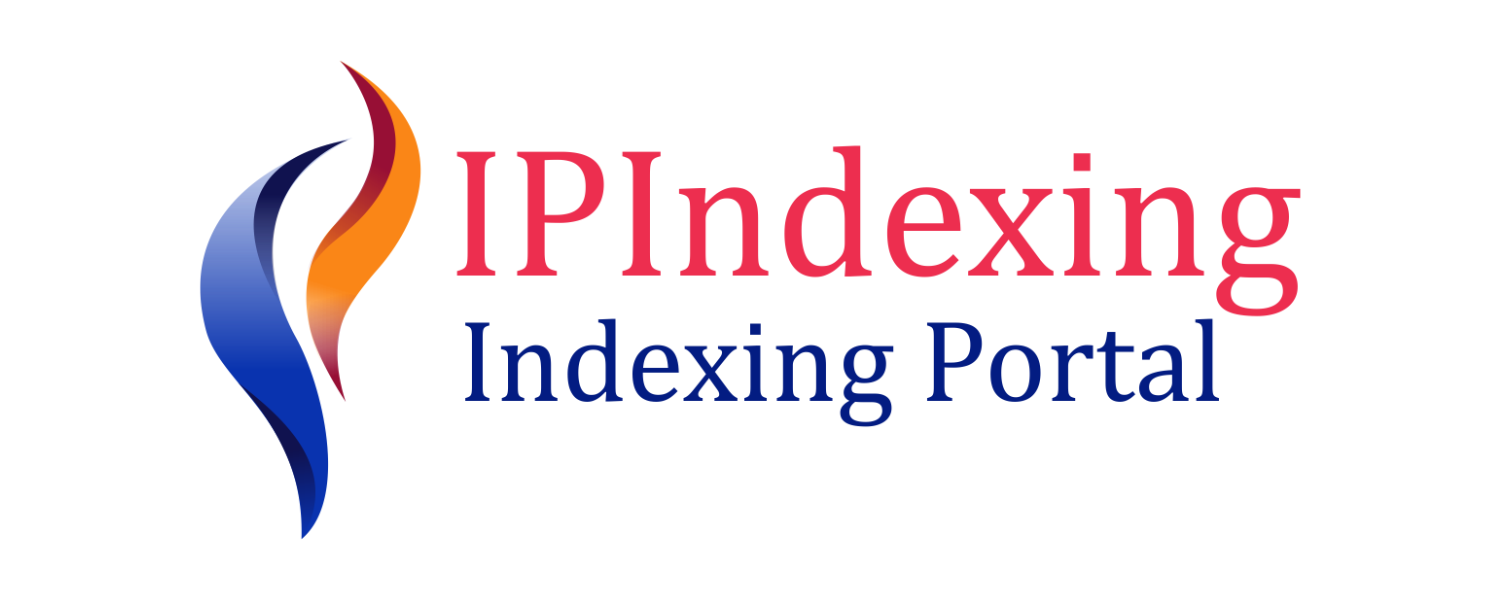Strategi Pemasaran Digital dan Efektivitas Alokasi Sumber Daya: Analisis Bibliometrik
DOI:
https://doi.org/10.58812/jmws.v3i12.1861Kata Kunci:
Pemasaran Digital, Alokasi Sumber Daya, Teknologi Informasi, Big Data, Analisis BibliometrikAbstrak
Penelitian ini menganalisis pentingnya integrasi teknologi dalam strategi pemasaran digital dan bagaimana alokasi sumber daya yang efektif dapat meningkatkan efisiensi operasional dan kepuasan pelanggan. Melalui analisis bibliometrik dari literatur yang ada dan data dari kolaborasi internasional, studi ini mengeksplorasi pengaruh big data, AI, dan media sosial dalam memahami perilaku konsumen dan personalisasi pemasaran. Temuan menunjukkan bahwa kerjasama global dalam pemasaran digital mendorong inovasi dan pertukaran pengetahuan yang memperkaya strategi pemasaran. Perusahaan perlu menyesuaikan strategi mereka terhadap permintaan pasar yang beragam dan berhati-hati dalam pengelolaan data pelanggan untuk menjaga privasi dan keamanan. Penelitian ini merekomendasikan alokasi sumber daya yang lebih fokus pada teknologi yang dapat meningkatkan pengalaman pelanggan dan mempromosikan pertumbuhan yang berkelanjutan.
Referensi
Barrett, M., Davidson, E., Prabhu, J., & Vargo, S. L. (2015). Service innovation in the digital age. MIS Quarterly, 39(1), 135–154.
Bizhanova, K., Mamyrbekov, A., Umarov, I., Orazymbetova, A., & Khairullaeva, A. (2019). Impact of digital marketing development on entrepreneurship. E3S Web of Conferences, 135. https://doi.org/10.1051/e3sconf/201913504023
Chaffey, D., & Ellis-Chadwick, F. (2019). Digital marketing. Pearson uk.
Chaffey, D., Ellis-Chadwick, F., & Mayer, R. (2009). Internet marketing: strategy, implementation and practice. Pearson education.
Chaffey, D., & Smith, P. R. (2022). Digital marketing excellence: planning, optimizing and integrating online marketing. Routledge.
Dogra, P., & Kaushal, A. (2023). The impact of Digital Marketing and Promotional Strategies on attitude and purchase intention towards financial products and service: A Case of emerging economy. Journal of Marketing Communications, 29(4), 403–430.
Dwivedi, Y. K., Kshetri, N., Hughes, L., Slade, E. L., Jeyaraj, A., Kar, A. K., Baabdullah, A. M., Koohang, A., Raghavan, V., & Ahuja, M. (2023). Opinion Paper:“So what if ChatGPT wrote it?” Multidisciplinary perspectives on opportunities, challenges and implications of generative conversational AI for research, practice and policy. International Journal of Information Management, 71, 102642.
Elia, S., Giuffrida, M., Mariani, M. M., & Bresciani, S. (2021). Resources and digital export: An RBV perspective on the role of digital technologies and capabilities in cross-border e-commerce. Journal of Business Research, 132, 158–169.
Ellegaard, O., & Wallin, J. A. (2015). The bibliometric analysis of scholarly production: How great is the impact? Scientometrics, 105, 1809–1831.
Grbovic, M., Radosavljevic, V., Djuric, N., Bhamidipati, N., Savla, J., Bhagwan, V., & Sharp, D. (2015). E-commerce in your inbox: Product recommendations at scale. Proceedings of the 21th ACM SIGKDD International Conference on Knowledge Discovery and Data Mining, 1809–1818.
Hollebeek, L. D., & Macky, K. (2019). Digital content marketing’s role in fostering consumer engagement, trust, and value: Framework, fundamental propositions, and implications. Journal of Interactive Marketing, 45(1), 27–41.
Ko, P.-R. T., Kientz, J. A., Choe, E. K., Kay, M., Landis, C. A., & Watson, N. F. (2015). Consumer sleep technologies: a review of the landscape. Journal of Clinical Sleep Medicine, 11(12), 1455–1461.
Kotler, P., & Keller, K. L. (2009). Manajemen pemasaran. edisi.
Labrecque, L. I., Markos, E., & Milne, G. R. (2011). Online personal branding: Processes, challenges, and implications. Journal of Interactive Marketing, 25(1), 37–50.
Maharani, K., Hudrasyah, H., & Belgiawan, P. (2023). Marketing Strategy to Increase Brand Awareness: A Study Case on Digital Loan Application. International Journal of Current Science Research and Review, 6.
Mungra, Y., & Yadav, P. K. (2023). Effect of social capital and transaction cost on multifaceted opportunism in manufacturer-supplier relationship. Journal of Business & Industrial Marketing, 38(10), 1961–1980.
Ng, I. C. L., & Wakenshaw, S. Y. L. (2017). The Internet-of-Things: Review and research directions. International Journal of Research in Marketing, 34(1), 3–21.
Prananta, A. W., Maulidiana, L., Sufa, S. A., & Wahyudi, M. A. (2024). Impact of Digital Marketing Strategies on Consumer Purchasing Decisions in the Indonesian Market: The Mediating Role of Customer Satisfaction. International Journal of Business, Law, and Education, 5(1), 530–538.
Raddats, C., Kowalkowski, C., Benedettini, O., Burton, J., & Gebauer, H. (2019). Servitization: A contemporary thematic review of four major research streams. Industrial Marketing Management, 83, 207–223.
Rogers, D. L. (2016). The digital transformation playbook: Rethink your business for the digital age. Columbia University Press.
Ruckenstein, M., & Schüll, N. D. (2017). The datafication of health. Annual Review of Anthropology, 46(1), 261–278.
Smith, J. B., Smith, C. G., Kietzmann, J., & Lord Ferguson, S. T. (2022). Understanding micro-level resilience enactment of everyday entrepreneurs under threat. Journal of Small Business Management, 60(5), 1202–1245.
Surahman, S., Hariyadi, S., Barus, B., Sarlivia, S., Meidinata, R., & Kartina, D. (2023). Digital marketing strategy and implementation of multi-channels for traditional retail. Community Empowerment, 8(10), 1512–1517.
Taiminen, H. M., & Karjaluoto, H. (2015). The usage of digital marketing channels in SMEs. Journal of Small Business and Enterprise Development, 22(4), 633–651.
Van Eck, N. J., & Waltman, L. (2014). Visualizing bibliometric networks. In Measuring scholarly impact: Methods and practice (pp. 285–320). Springer.
Unduhan
Diterbitkan
Cara Mengutip
Terbitan
Bagian
Lisensi
Hak Cipta (c) 2024 Loso Judijanto, Basneldi Basneldi, Tupan Tri M

Artikel ini berlisensiCreative Commons Attribution-ShareAlike 4.0 International License.



















 Instagram
Instagram 